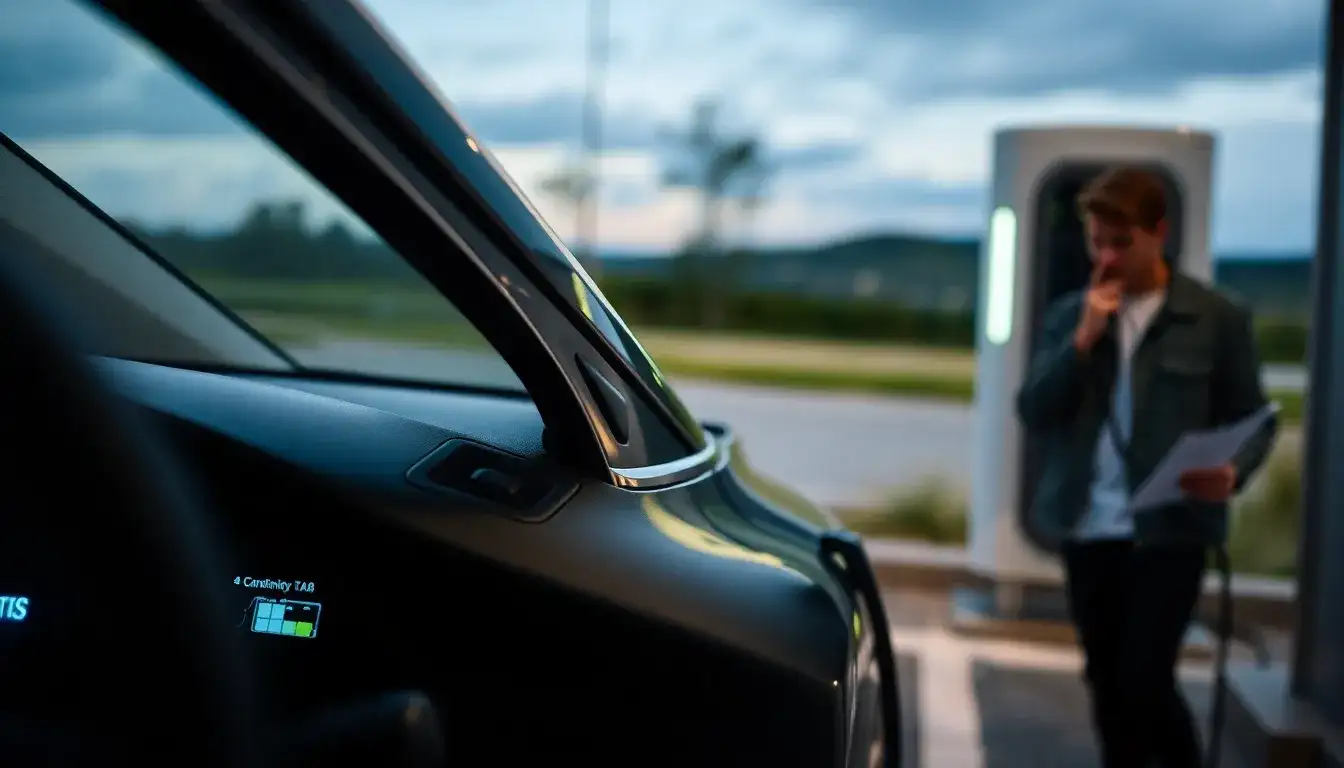
Beike Car Review: Addressing the “Warranty Anxiety” of Electric Vehicle Owners — Battery Life Issues Must Be Resolved
Electric vehicles (EVs) should not be viewed as mere “fast-moving consumer goods” but rather as products that can withstand the test of time.
The topic of “selling a second-hand electric car for 160,000 yuan while replacing the battery costs 220,000 yuan” has recently attracted attention. Reports indicate that Mr. Zhang from Shanghai purchased a Model S for 800,000 yuan eight years ago, and now faces a battery replacement cost of 220,000 yuan, while the resale value as a second-hand car is only 160,000 yuan. As the first batch of new energy vehicles approaches the end of their warranty period, anxiety regarding battery life is spreading among consumers. They are not only troubled by the decline in range but also confronted with the reality of mismatched lifespans between the battery and the vehicle, along with the high costs of battery replacement after the warranty expires.
Unlike traditional fuel vehicles, the battery is a critical component of electric vehicles. It is not only expensive but also subject to irreversible degradation. Once a battery enters the aging phase, the overall value of the vehicle will continue to shrink. For EV owners, the anxiety of “the vehicle may still function normally while the battery is already in decline” is both simple and distressing. On one hand, while automotive companies offer marketing warranties of “8 years or 160,000 kilometers,” once the warranty expires, consumers are left facing the steep costs of battery replacement. Some manufacturers have introduced the concept of “lifetime warranty,” but these often come with numerous restrictive conditions.
In practice, once out of warranty, the high costs of battery replacement lead some owners to opt for “replacement instead of repair,” prematurely retiring vehicles that could still be operational. On the other hand, consumers purchase the entire vehicle, with the battery holding core value; however, the lifespan of the battery does not align with that of the vehicle. The decline in battery performance and the high maintenance costs significantly devalue EVs in the second-hand market, further impacting the circulation of used electric vehicles and potentially trapping them in a cycle of low liquidity.
Currently, the new energy vehicle market is experiencing rapid growth, with increasing penetration rates. Addressing the battery warranty dilemma has become an urgent industry priority. How can we alleviate consumer “warranty anxiety”? First, enhancing battery cycle life is crucial. Through technological research and development, we can align the lifespan of batteries with or even exceed that of the vehicles, fundamentally addressing this consumer pain point.
Second, establishing a standardized battery management system that includes after-sales service and health assessments is essential. If automotive companies or third-party organizations can create a fair and transparent battery health assessment system, as well as a more comprehensive battery diagnosis, repair, and replacement mechanism—possibly implementing battery trade-in programs—owners will have a clearer understanding of future battery usage costs and access to more affordable after-sales solutions, such as replacing individual cells instead of the entire battery pack.
Moreover, automotive companies should introduce more reasonable battery warranty plans and regulate any “shrinking” warranty policies. Additionally, batteries are not merely consumables; they are recyclable and can be repurposed. However, the current system for recycling power batteries is not yet mature, making it difficult to realize the true value of retired power batteries. Establishing a more comprehensive recycling and utilization system can ensure that discarded batteries still hold value, thereby reducing replacement costs for consumers.
As we navigate the fast lane of electric vehicle development, more practical issues are coming to light. “Warranty anxiety” acts as both a wake-up call and an opportunity for innovation. Electric vehicles should not be treated as “fast-moving consumer goods,” but rather as products that genuinely endure the test of time, ensuring that consumers are not burdened with the industry’s pain points.







